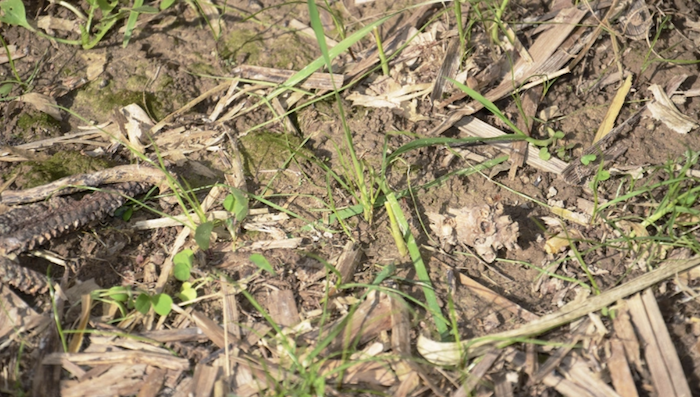Being Intentional with Cover Crops in Your Farm System
At last week’s National Strip-Tillage Conference in Madison, Wis., I had a chance to catch up with Gary Zimmer, also known as the father of biological farming, who was attending the conference in hopes of learning more about how strip-till can fit into his biological farming practices.





Post a comment
Report Abusive Comment